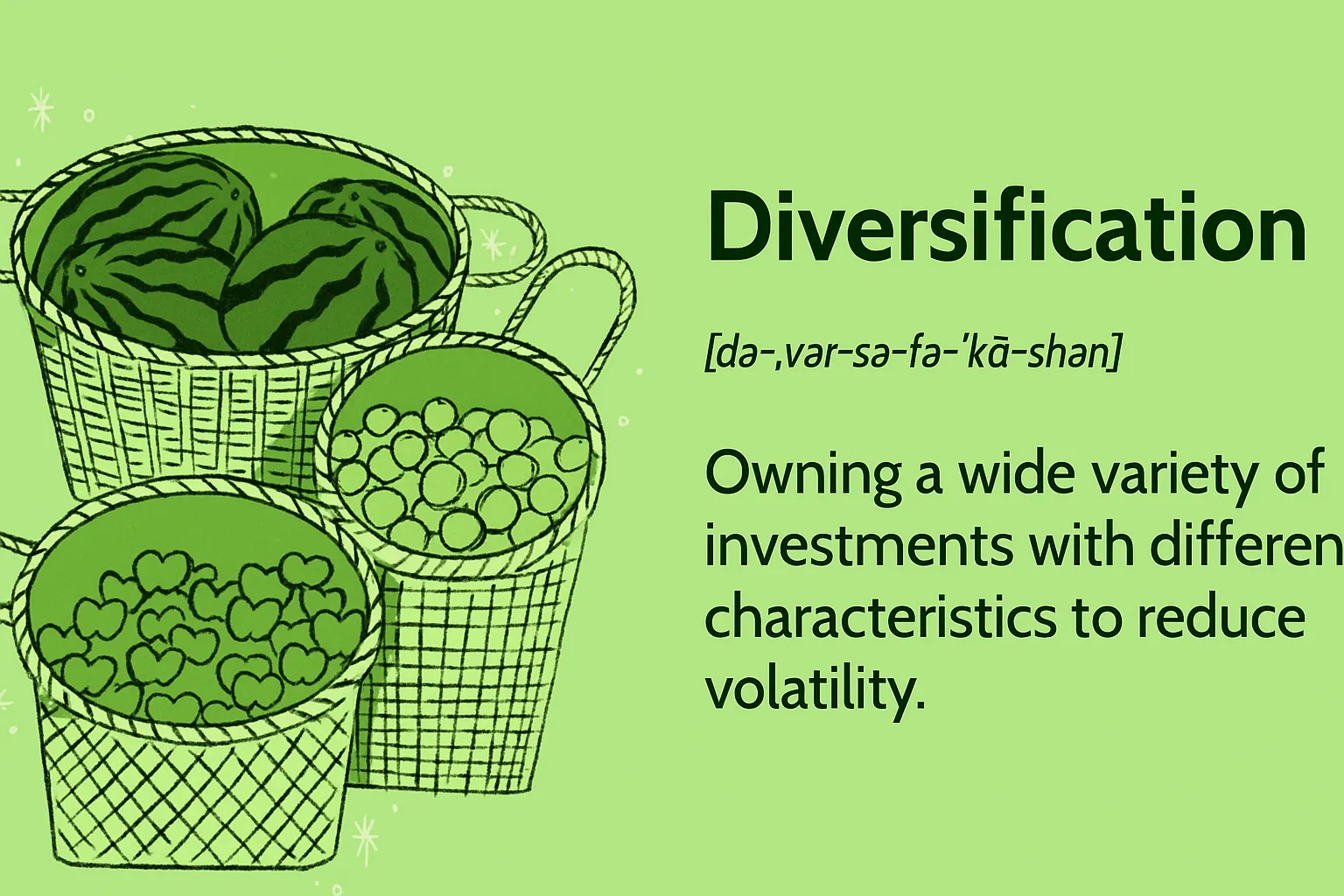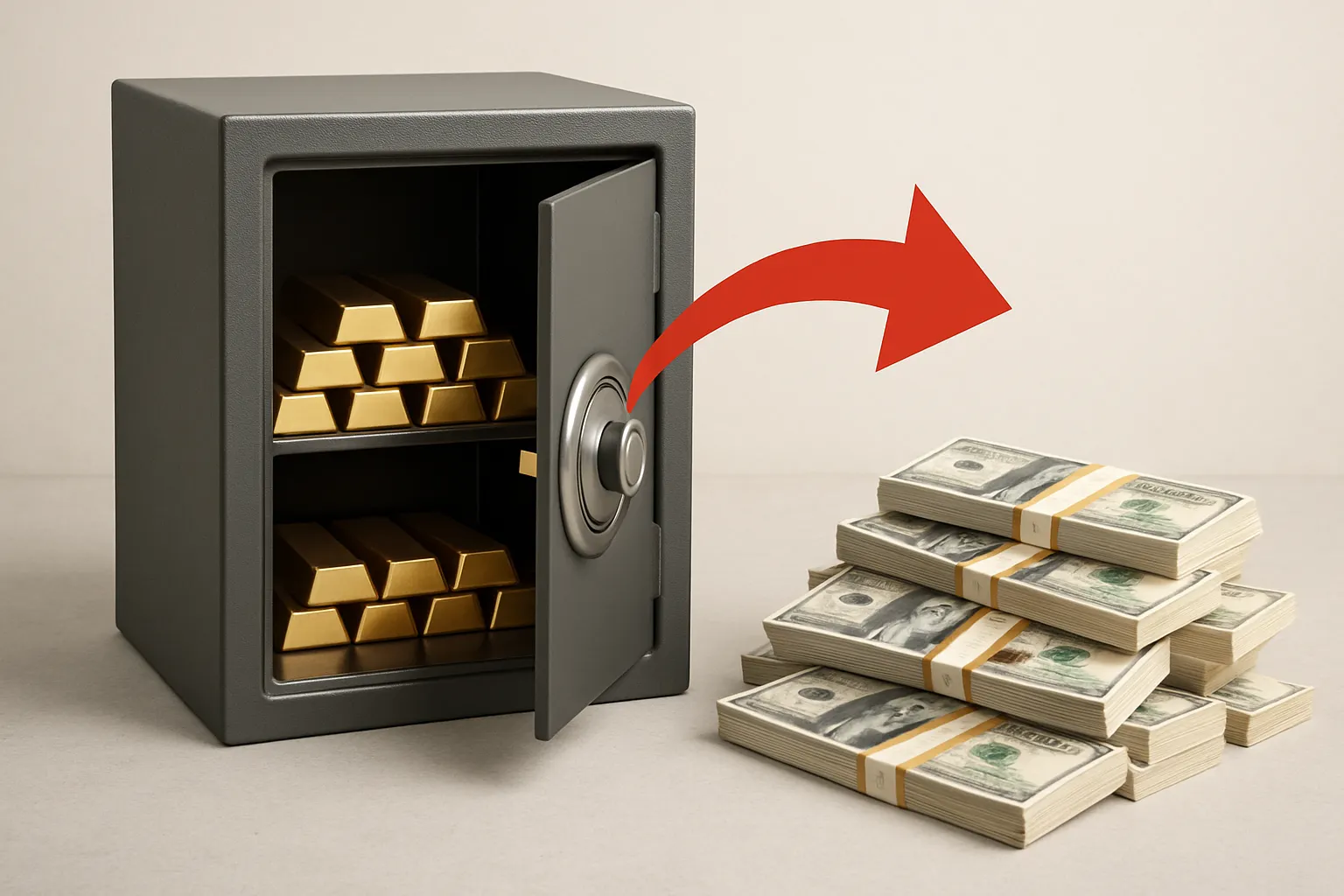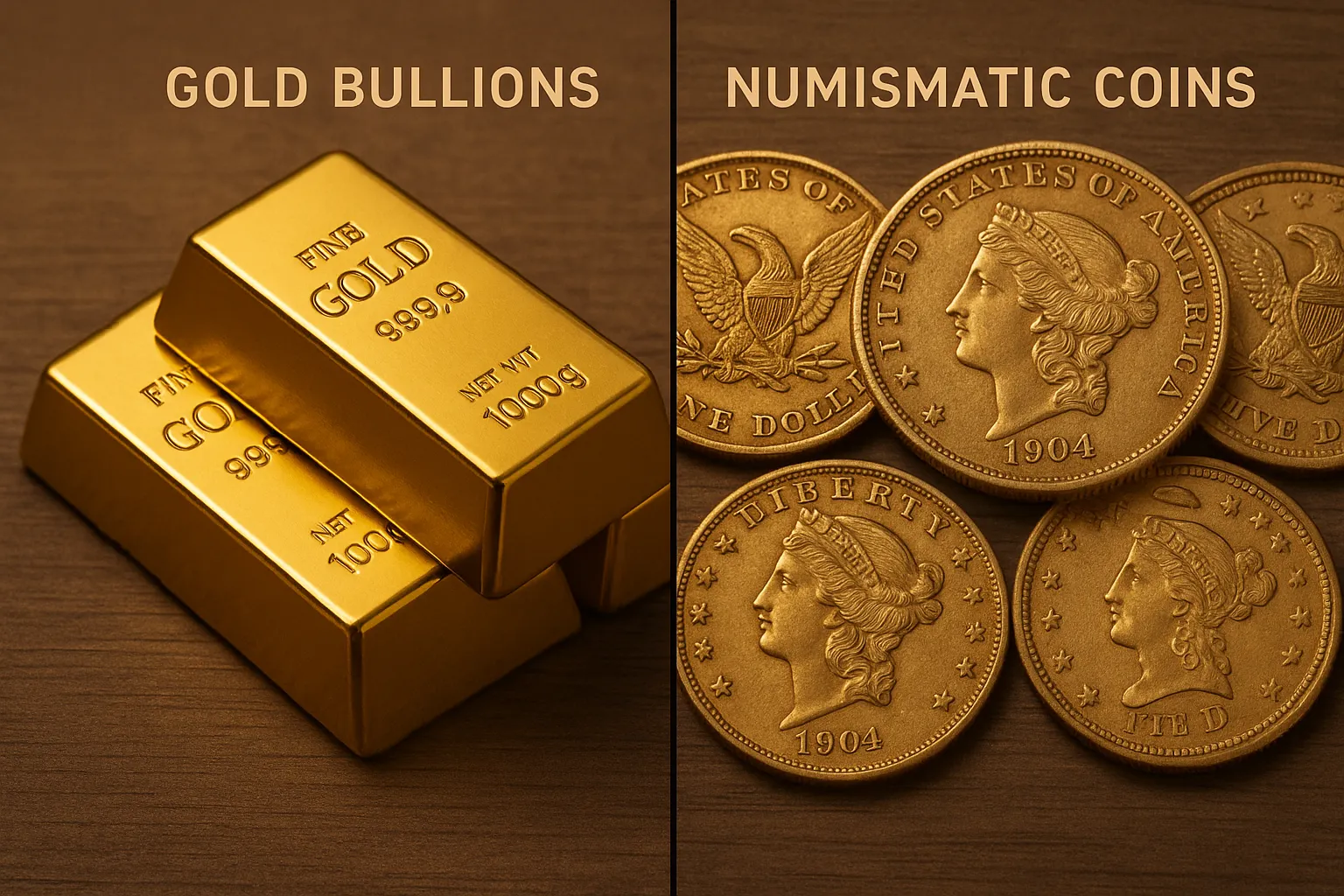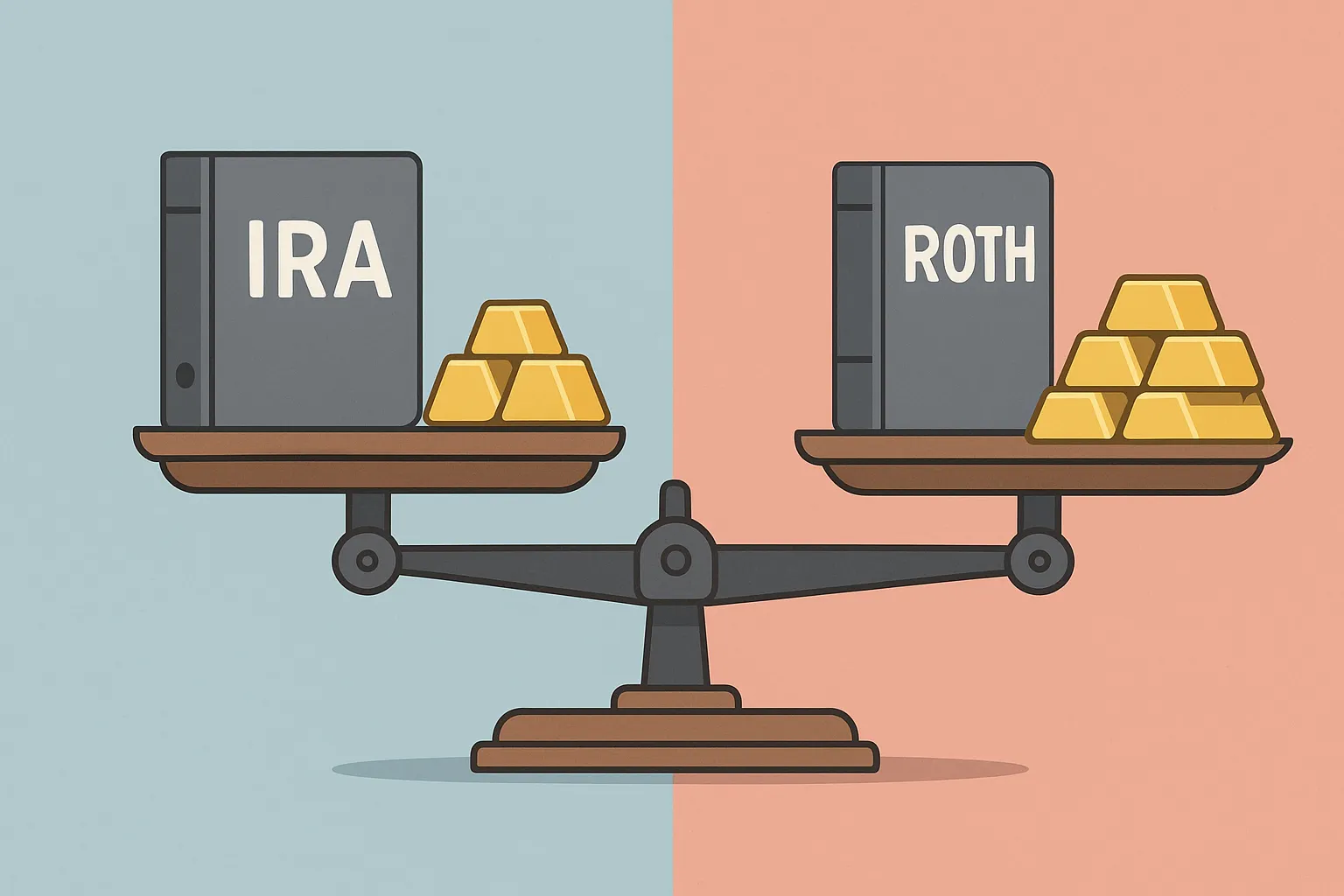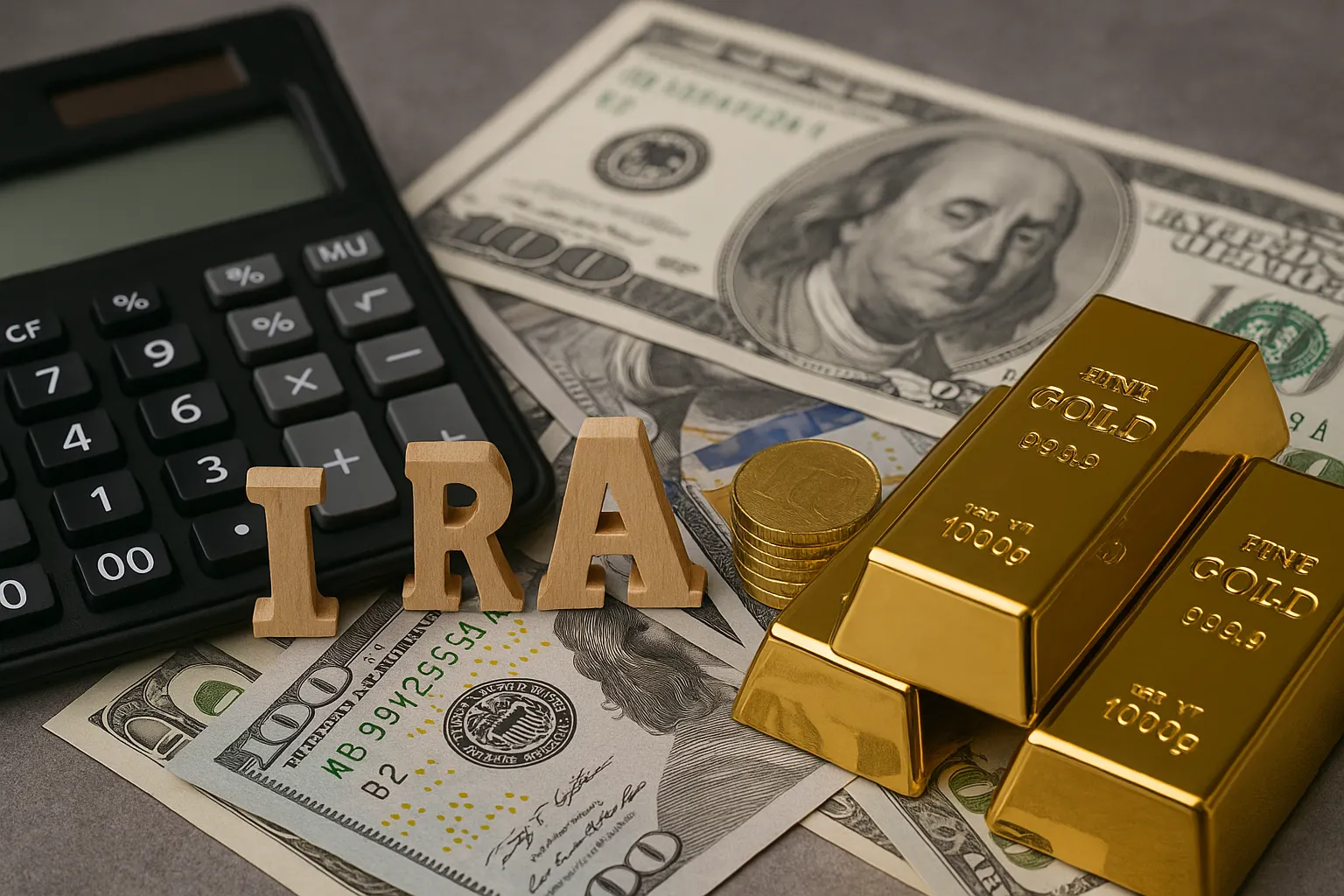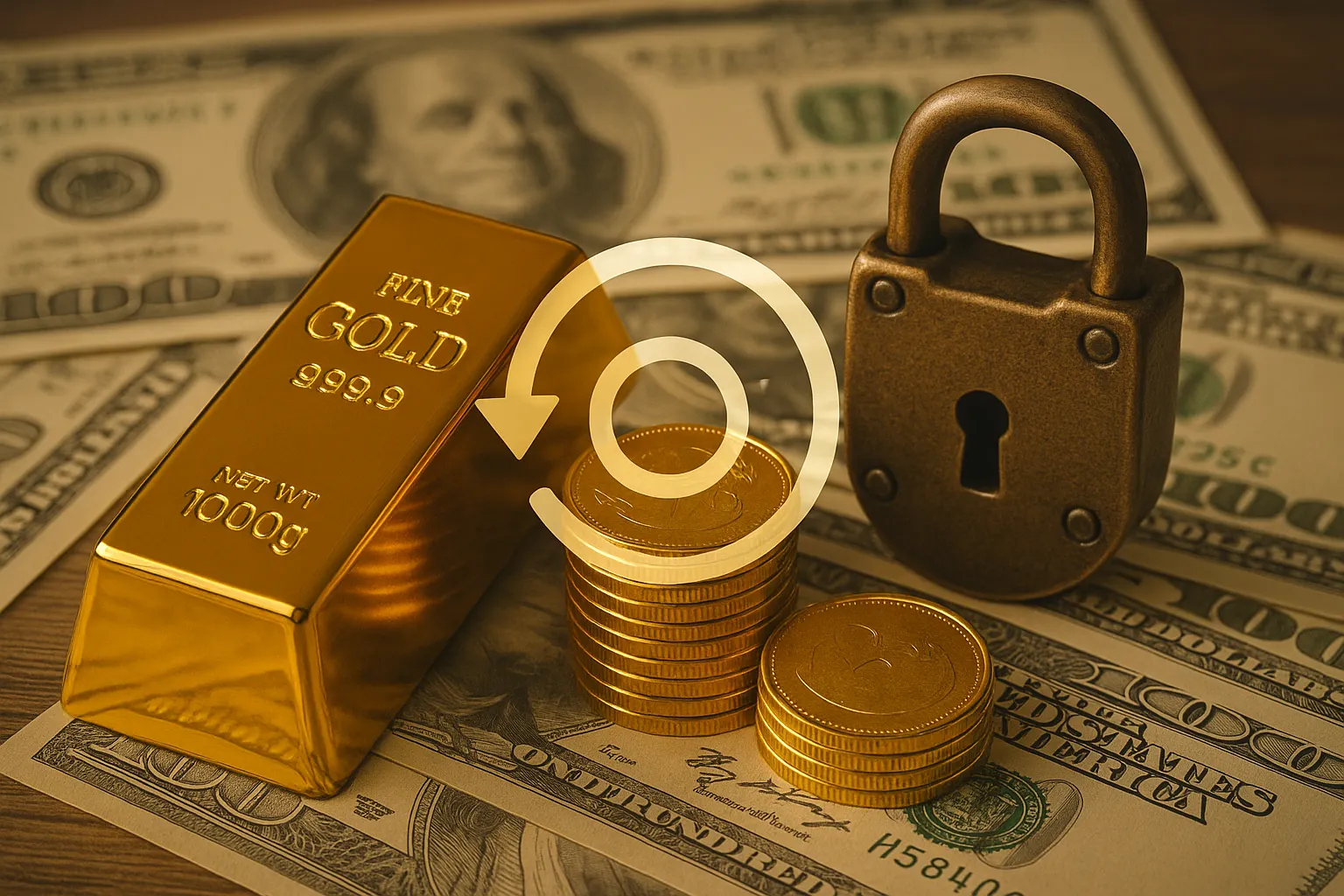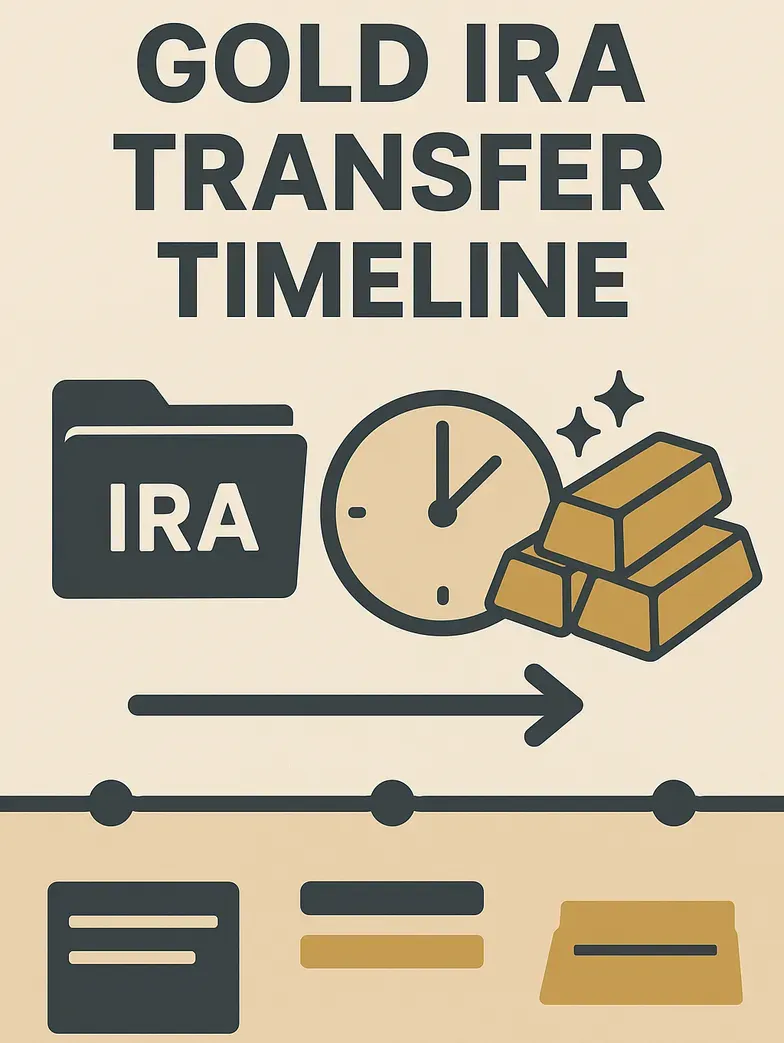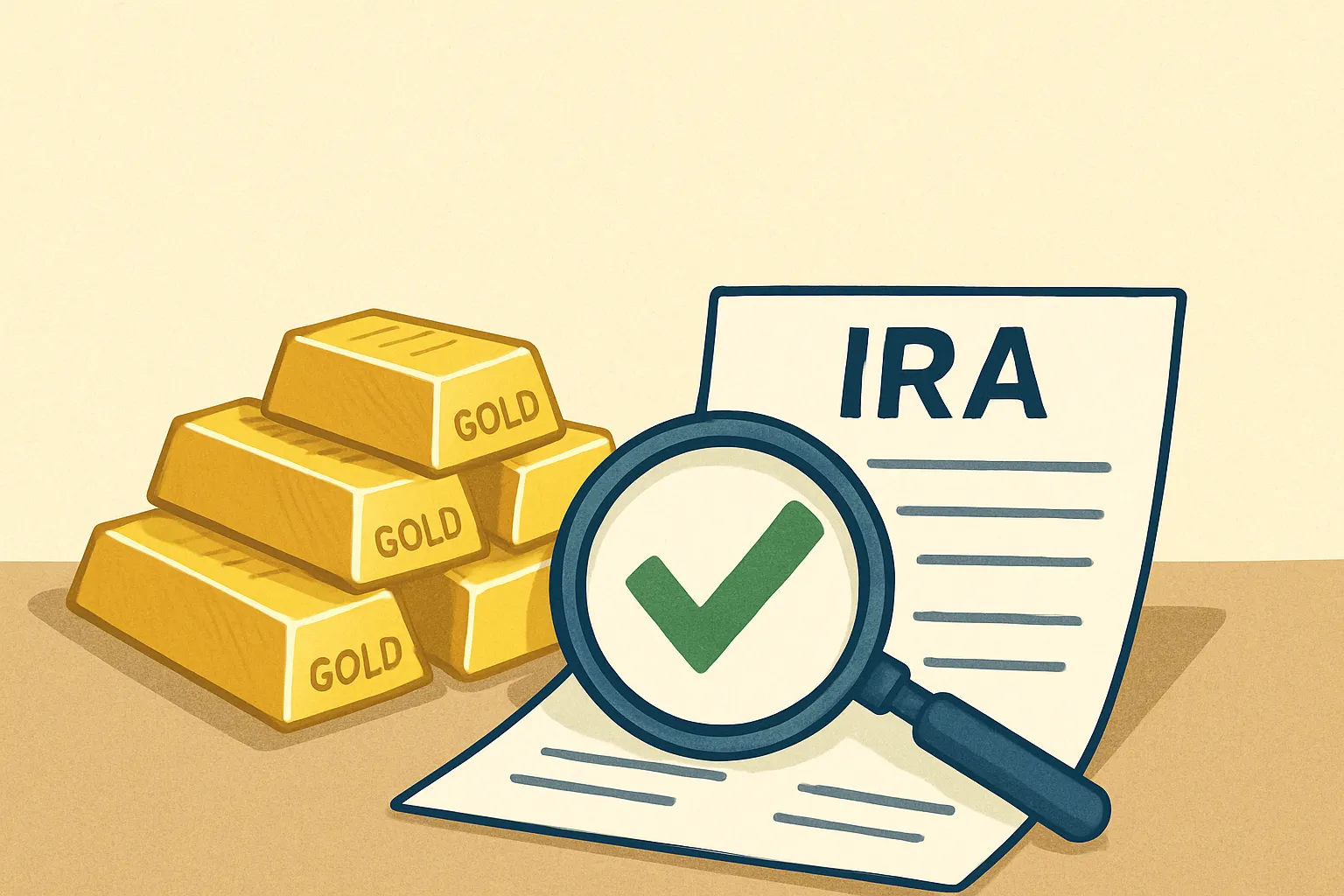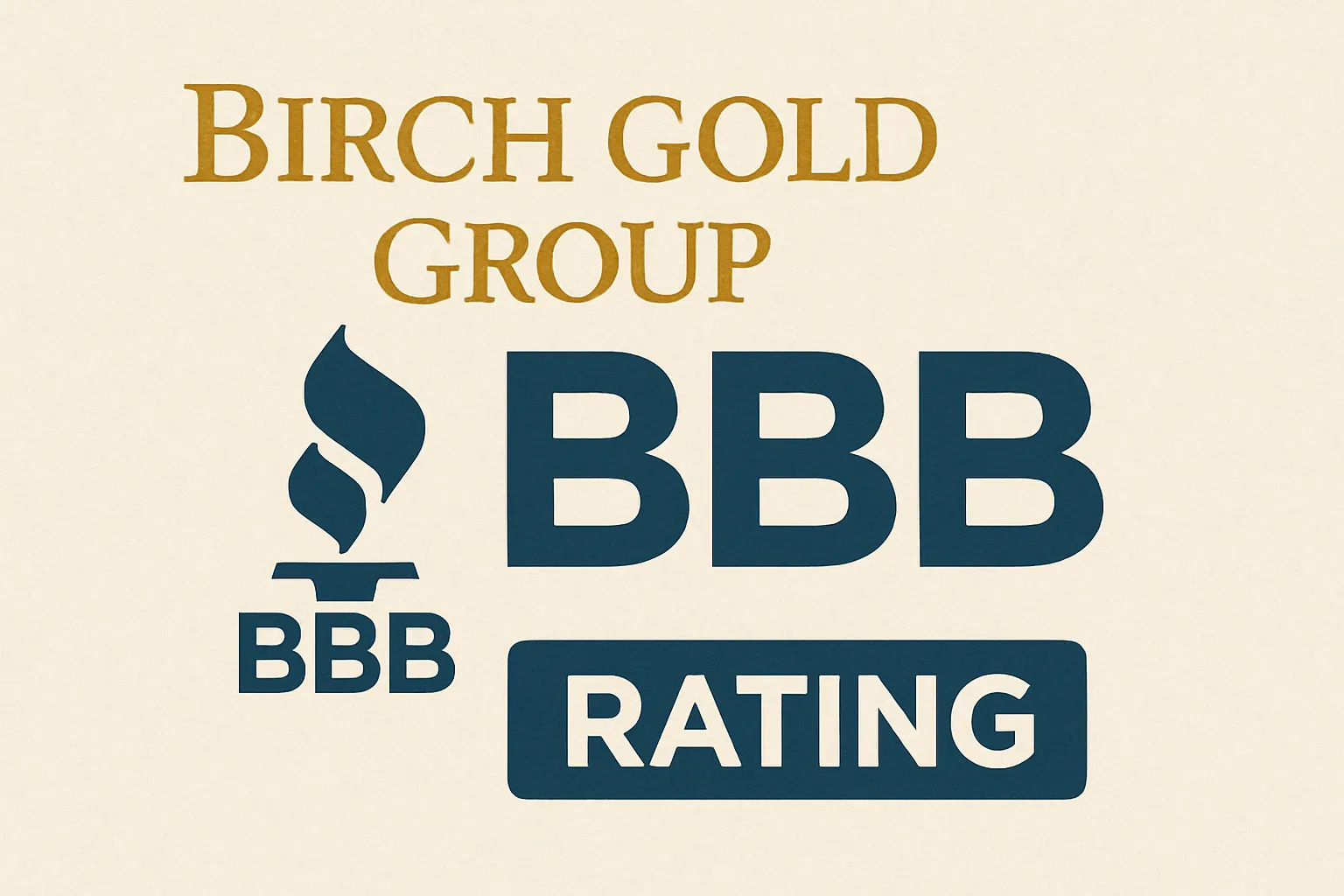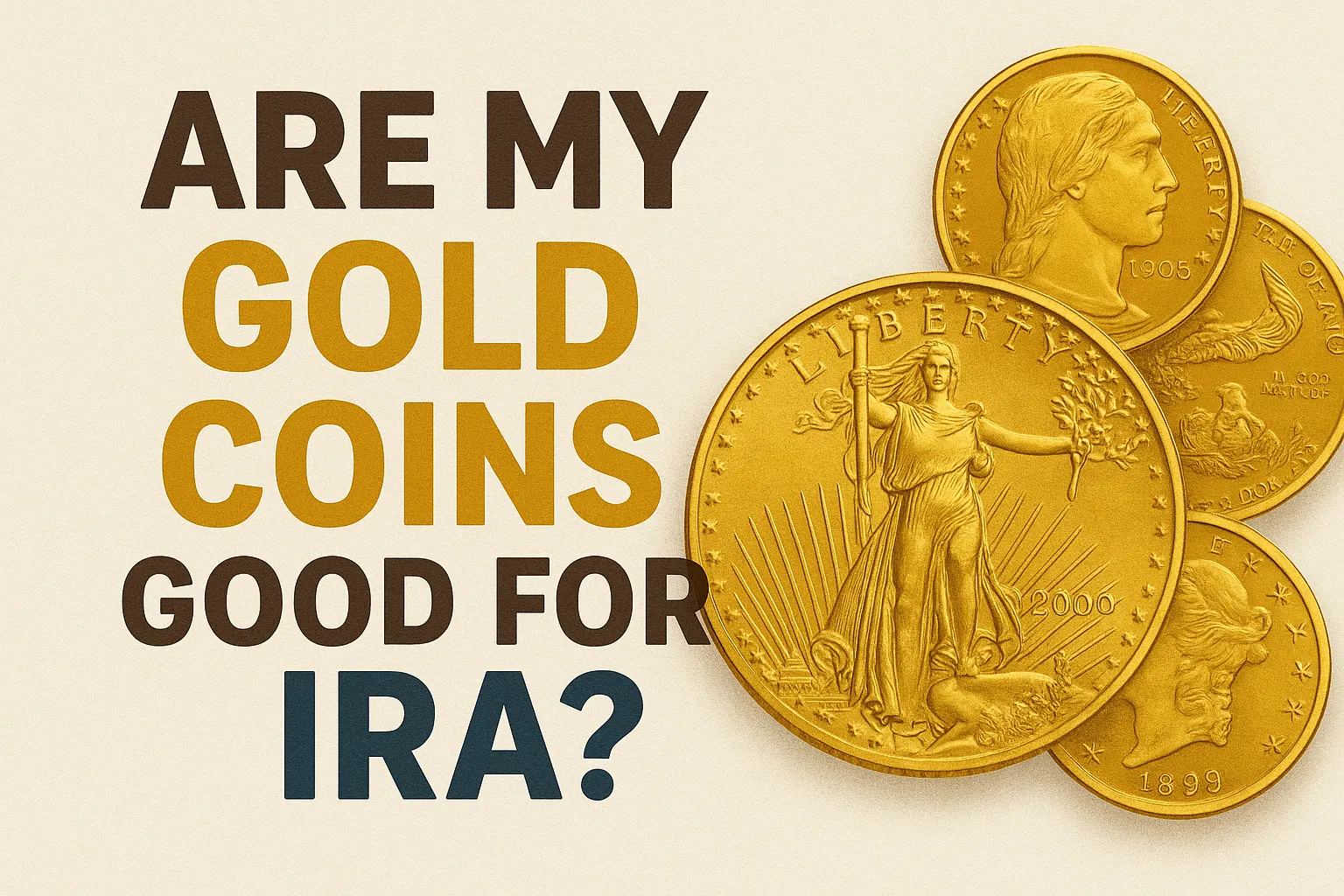Gold-to-Silver Ration in IRA Investing
Smart Strategy for Precious Metals Retirement Planning
Are you tired of watching your retirement savings stagnate in traditional investments? The gold-to-silver ratio IRA strategy might be the sophisticated approach you need to potentially maximize your precious metals returns while building a more robust retirement portfolio.
What is Gold-to-Silver Ratio IRA Investing?
The gold-to-silver ratio represents how many ounces of silver it takes to buy one ounce of gold. Currently hovering around 80:1, this ratio has fluctuated dramatically throughout history, creating opportunities for strategic investors.
Gold-to-silver ratio IRA investing involves using this relationship to time your precious metals purchases and sales within your retirement account. When the ratio is high, you might favor silver. When it's low, gold becomes more attractive.
Understanding the Golden Ratio
Historical Context:
- Ancient civilizations often used a 15:1 or 16:1 ratio
- Modern times have seen ratios range from 30:1 to over 100:1
- The current ratio around 80:1 suggests silver may be undervalued relative to gold
Key Factors Influencing the Ratio:
- Industrial demand for silver (electronics, solar panels, medical equipment)
- Economic uncertainty driving gold demand
- Mining production levels
- Central bank policies
- Inflation expectations
How the Strategy Works in Your IRA
The beauty of this approach lies in its systematic rebalancing mechanism. Here's how it typically works:
When the Ratio is High (above 80:1):
- Consider allocating more to silver
- Silver may be undervalued relative to gold
- Potential for ratio compression could benefit silver holders
When the Ratio is Low (below 50:1):
- Favor gold allocations
- Gold may be undervalued relative to silver
- Historical patterns suggest ratio expansion could benefit gold
The Rebalancing Process:
- Monitor the ratio regularly
- Set predetermined trigger points
- Execute trades through your IRA custodian
- Maintain overall precious metals allocation targets
Benefits of This Strategic Approach
Enhanced Return Potential: Rather than simply buying and holding, you're actively positioning your portfolio to benefit from historical price relationships. This systematic approach removes emotion from investment decisions.
Built-in Discipline: The ratio provides clear signals for when to rebalance, creating a systematic investment discipline that many investors lack.
Diversification Within Precious Metals: Instead of putting all your precious metals eggs in one basket, you're diversifying between gold and silver based on market conditions.
Protection Against Different Economic Scenarios:
- Gold excels during financial crises and currency debasement
- Silver benefits from industrial growth and technological advancement
Important Risks and Considerations
Market Volatility: Both gold and silver can be volatile. Silver particularly experiences larger price swings, which can work for or against you.
Transaction Costs: Frequent rebalancing within your IRA means more transactions, and each trade involves:
- Dealer spreads
- Storage fees
- Potential shipping costs
Storage Requirements: Your precious metals must be stored in IRS-approved depositories, not at home. This adds ongoing storage costs to your investment.
Custodian Limitations: Not all IRA custodians support precious metals, and fewer still make frequent trading easy or cost-effective.
Implementation Strategies
Setting Up Your IRA Structure:
1. Choose a Self-Directed IRA Custodian
- Research custodians specializing in precious metals
- Compare fee structures carefully
- Verify their approved depository relationship
2. Establish Your Ratio Triggers
- High ratio trigger (consider silver): 85:1 or higher
- Low ratio trigger (consider gold): 45:1 or lower
- Middle ground: maintain current allocation
3. Set Allocation Targets
- Total precious metals percentage of portfolio
- Gold vs. silver split at various ratio levels
- Minimum and maximum allocations for each metal
Working with Dealers and Custodians:
Choose dealers who work smoothly with your custodian and offer competitive pricing for IRA transactions. Build relationships that facilitate smooth rebalancing when opportunities arise.
Tax Implications and IRA Rules
Contribution Limits (2025):
- Traditional and Roth IRAs: $7,000 annually
- Additional $1,000 catch-up for those 50 and older
Distribution Requirements:
- Traditional IRAs require minimum distributions starting at age 73
- Roth IRAs have no required distributions during the owner's lifetime
Prohibited Transactions: You cannot take physical possession of metals in your IRA or store them at home. This disqualifies the account from tax-advantaged status.
Getting Started
Step 1: Research and Education Monitor the gold-to-silver ratio for several months to understand its patterns and your comfort level with the strategy.
Step 2: Choose Your Team Select a custodian and precious metals dealer who understand and support your strategy.
Step 3: Start Small Begin with a modest allocation to test your system and refine your approach.
Step 4: Stay Disciplined Stick to your predetermined triggers rather than letting emotions drive decisions.
The Bottom Line
Gold-to-silver ratio IRA investing offers a sophisticated approach to precious metals retirement planning. By systematically capitalizing on the historical relationship between these metals, you can potentially enhance returns while maintaining the protective benefits of precious metals in your portfolio.
This strategy isn't for everyone. It requires active monitoring, costs more than simple buy-and-hold approaches, and involves additional complexity. However, for investors seeking to maximize their precious metals IRA performance through systematic rebalancing, it represents a time-tested approach worth considering.
Remember, this strategy works best as part of a diversified retirement portfolio, not as your sole investment approach. Consider consulting with a financial advisor familiar with precious metals IRAs to determine if this strategy aligns with your retirement goals and risk tolerance.
The key to success lies in patience, discipline, and sticking to your predetermined plan rather than chasing short-term market movements. With proper implementation, gold-to-silver ratio investing could become a valuable tool in your retirement planning arsenal.


